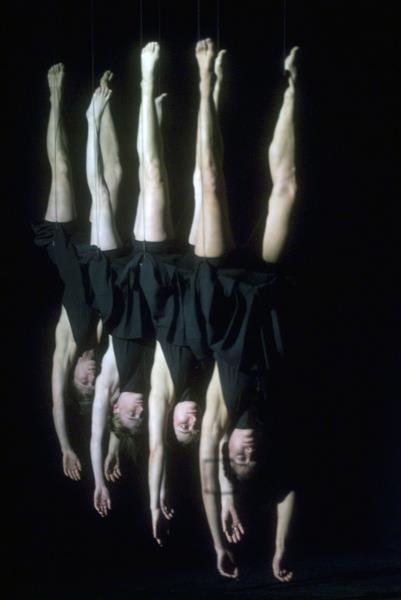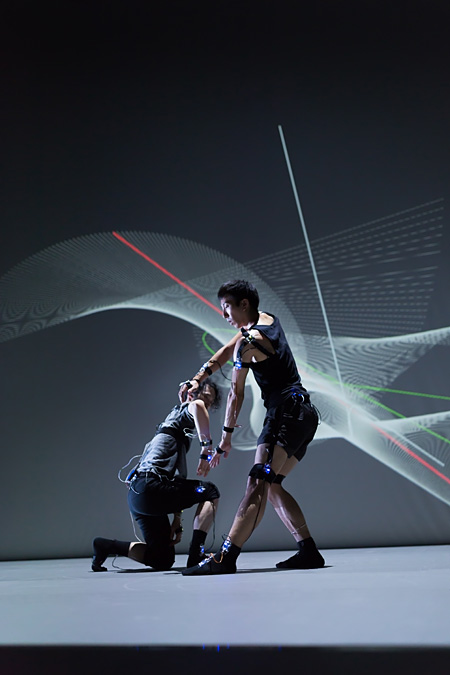
GRINDER-MAN
Mirage
“MIRAGE” is the first performing art ever in the world to experience with immersive. This experience reminds us that we generate ourselves at each moment in our highly subjective ambiguous world. Unlike the general performing arts for the several audiences, “MIRAGE” is generated by the interaction of the two dancers and the one participant. As the participants, you are invited into an 8 minute immersive experience, using a head-mounted display fitted with headphones and a camera to capture live scenes. While unaware of the participant, dancer in front of the eyes is changed over to the dancer that has been recorded in advance. In addition, by overlapping the live scene and recorded ones, participants will experience simultaneous past and present. It is very difficult to tell which dancer is really existing or which is not. Each participant will be required to discover their own “reality”.




